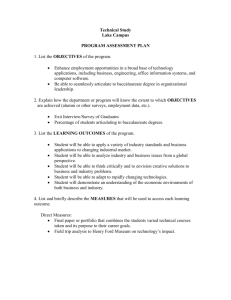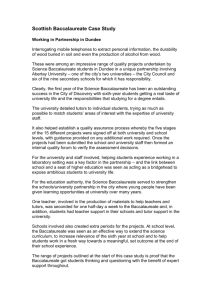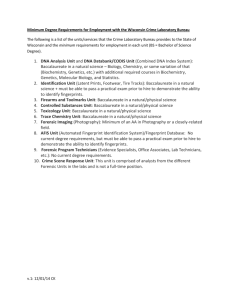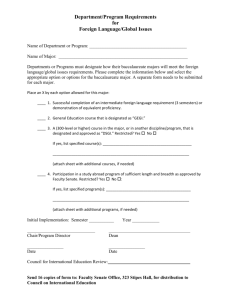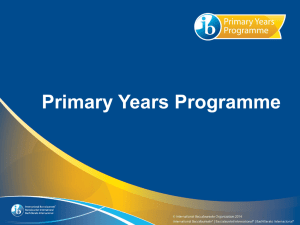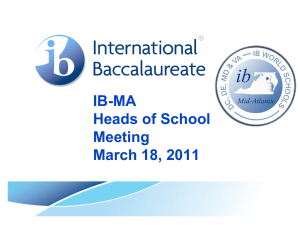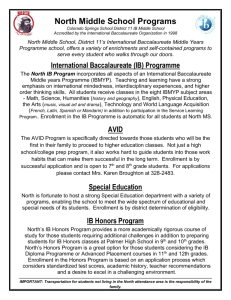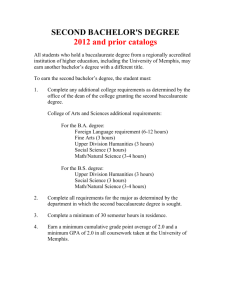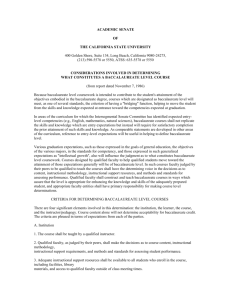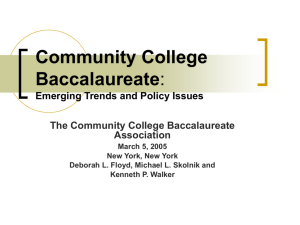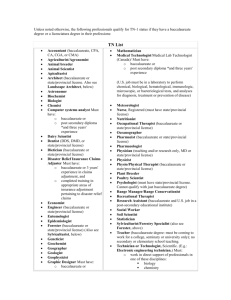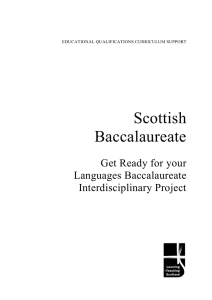Getting ready for your Languages Baccalaureate interdisciplinary
advertisement
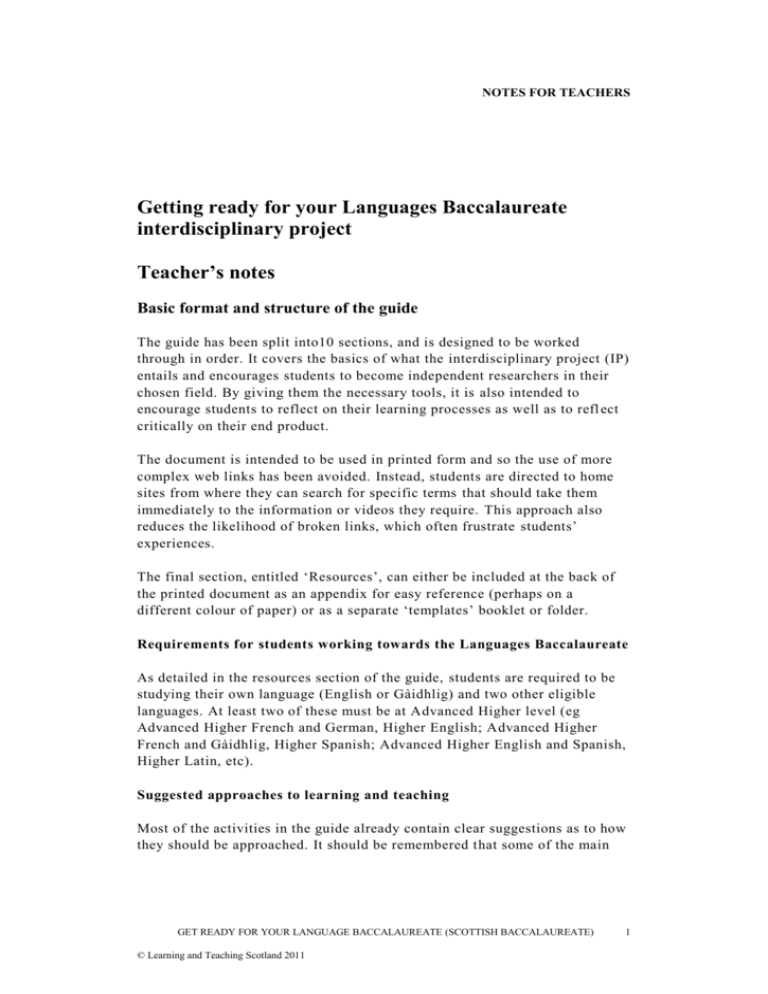
NOTES FOR TEACHERS Getting ready for your Languages Baccalaureate interdisciplinary project Teacher’s notes Basic format and structure of the guide The guide has been split into10 sections, and is designed to be worked through in order. It covers the basics of what the interdisciplinary project (IP) entails and encourages students to become independent researchers in their chosen field. By giving them the necessary tools, it is also intended to encourage students to reflect on their learning processes as well as to refl ect critically on their end product. The document is intended to be used in printed form and so the use of more complex web links has been avoided. Instead, students are directed to home sites from where they can search for specific terms that should take them immediately to the information or videos they require. This approach also reduces the likelihood of broken links, which often frustrate students’ experiences. The final section, entitled ‘Resources’, can either be included at the back of the printed document as an appendix for easy reference (perhaps on a different colour of paper) or as a separate ‘templates’ booklet or folder. Requirements for students working towards the Languages Baccalaureate As detailed in the resources section of the guide, students are required to be studying their own language (English or Gàidhlig) and two other eligible languages. At least two of these must be at Advanced Higher level (eg Advanced Higher French and German, Higher English; Advanced Higher French and Gàidhlig, Higher Spanish; Advanced Higher English and Spanish, Higher Latin, etc). Suggested approaches to learning and teaching Most of the activities in the guide already contain clear suggestions as to how they should be approached. It should be remembered that some of the main GET READY FOR YOUR LANGUAGE BACCALAUREATE (SCOTTISH BACCALAUREATE) © Learning and Teaching Scotland 2011 1 NOTES FOR TEACHERS outcomes for the Languages Baccalaureate IP are independent study, but some also involve working with others. Throughout the guide, therefore, students are encouraged to formulate their own thoughts and then share them with others, allowing for thorough discussion and reflection at all times. For centres with only one or two students who are using the guide, it may be possible to create a Glow group or, if geography allows, face -to-face ‘tutorials’ with students from other schools. This has worked well in some areas of the country already, while other schools have enjoyed partnerships with further education establishments. See the Examples of Partnership Working documentation on the SQA website. Suggested approaches for students to record their progress As mentioned above, a Glow group is an excellent way of monitoring students’ work as well as giving an open tutorial forum. While learning logs can be written or electronic, the latter would allow the teacher to monitor more easily how students are progressing. Within Glow, blogs are available, but many other blog sites are just as easy to use. Suggested timelines for the use of the guide The first four sections should obviously be completed quite rapidly at the start of the project. Students should be encouraged to revisit their learning log/diaries whenever they have undertaken any work on their project. Teachers will want to ensure that all the sections have been completed in good time for submission of evidence to SQA, but ultimat ely the responsibility for timelines should be with students themselves as this is an important learning outcome of the IP. Students should be encouraged to think ahead to busier points in the year– prelims, ERV/LiW folio submissions, visiting examiner, etc. Further possible activities Teachers will know their students best and will know what additional activities and advice not given in this guide may be of use. The following are just a few suggestions for extra approaches that might be helpful when planning delivery of the Languages Baccalaureate: Tips on how to plan time effectively, using milestones and possible software to help with this, eg Excel, Outlook, Studyminder. Contingency planning – how to plan for the worst case scenario, what happens if… (a SWOT analysis of the project might help here) . 2 GET READY FOR YOUR LANGUAGE BACCALAUREATE (SCOTTISH BACCALAUREATE) © Learning and Teaching Scotland 2011 NOTES FOR TEACHERS How best to collect information, eg survey, interview, phone call etc. Students won’t necessarily know how to do this and will need guidance on how, eg asking open questions not closed. Other recommended reading and viewing The various documents referred to throughout the guide , extracts of which are found in the Resources section, are of course a good starting point for teachers trying to familiarise themselves with what their students are required to undertake. The Languages Baccalaureate area of the SQA website has all the necessary documentation in full in pdf or Word files and can be accessed at http://www.sqa.org.uk/sqa/35857.html. This site also contains excellent short video clips of past students’ experiences, together with suggestions from various centres about how they have approached the IP. There are assessment exemplars with commentaries, which could form excellent peer assessment opportunities at the various stages of evidence writing. There is also a detailed description of the process of quality assurance , which should include rigorous internal cross-marking before submission to SQA for external verification. GET READY FOR YOUR LANGUAGE BACCALAUREATE (SCOTTISH BACCALAUREATE) © Learning and Teaching Scotland 2011 3
